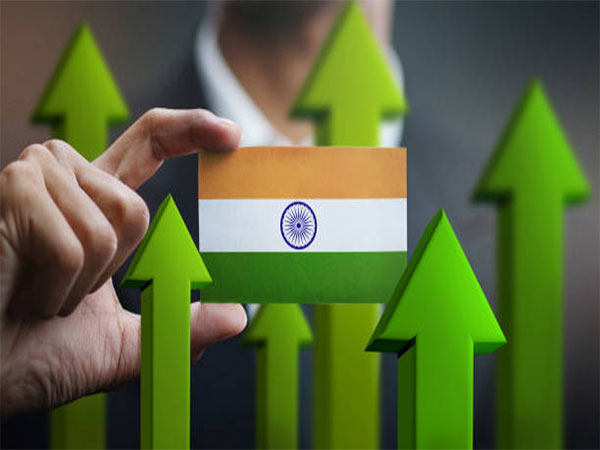New Delhi : India is moving towards becoming an USD 8 trillion economy by 2035, but it faces several big challenges along the way, according to The Great Unlock: India in 2035 report by Nandan Nilekani, Co-Founder and Chairman of Infosys and Arkam Ventures.
The report highlighted four main hurdles: income disparity, lack of formalisation, market access issues, and low productivity.
It mentioned that India’s growth has been unequal, with just 13 of 788 districts contributing to half of the country’s GDP. Huge income gaps exist, with the top 10 per cent earning nearly 60 per cent of India’s total income. Approximately 200 million workers migrate from poorer regions to more affluent states in search of employment.
Low productivity is another concern. India’s labour productivity is one tenth of USA, only USD 7 per hour. A large part of the workforce still remains in the informal sector.
Only about 15 per cent of workers in India are formally employed, much lower than countries like Brazil and China. Most small businesses (MSMEs) are also not formalized, making it harder for them to access credit and grow.
Despite these challenges, the report is optimistic about India’s future, mainly because of its digital transformation. Digital infrastructure like Aadhaar, UPI, and the Account Aggregator system has created a strong base. Monthly digital transactions have grown from zero to 16 billion in just a few years. Aadhaar-enabled services have reduced the cost of verifying identity from USD 23 to just 50 cents.
New technology combined with AI and Digital Public Infrastructure (DPI) is expected to connect the next billion Indians. AI models in Indian languages are being built to keep costs low and make digital tools more accessible. Farmers, students, and MSMEs are seeing major benefits from AI-driven solutions, helping them improve productivity and access markets.
By 2035, half of India’s workforce is expected to be AI-native, and women’s participation in the workforce is projected to rise from 25 to 47 per cent. India’s digital journey is not just creating jobs but also offering new ways to earn, formalizing work across cities and rural areas alike.
The report stressed that India must focus on accelerating capital access, supporting small businesses, boosting AI usage, and making land and property assets easier to monetize. If these steps are taken, the digital economy could unlock massive growth and lead India into a bright future. (ANI)












